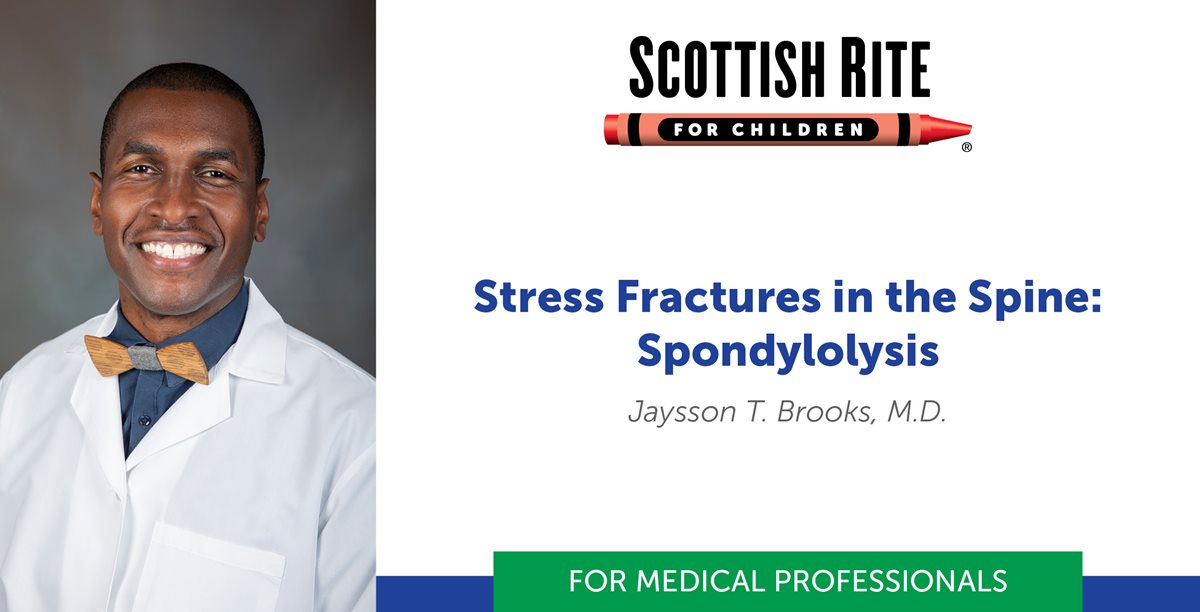Previously published in Rite Up, 2025 – Issue 2. By Kristi Shewmaker Meet Hanna, a 12-year-old of Flower Mound, Texas, who loves listening to music while drawing; Bella, a 13-year-old all-around athlete of Lewisville, Texas, who enjoys soccer; and Coleman, a...










